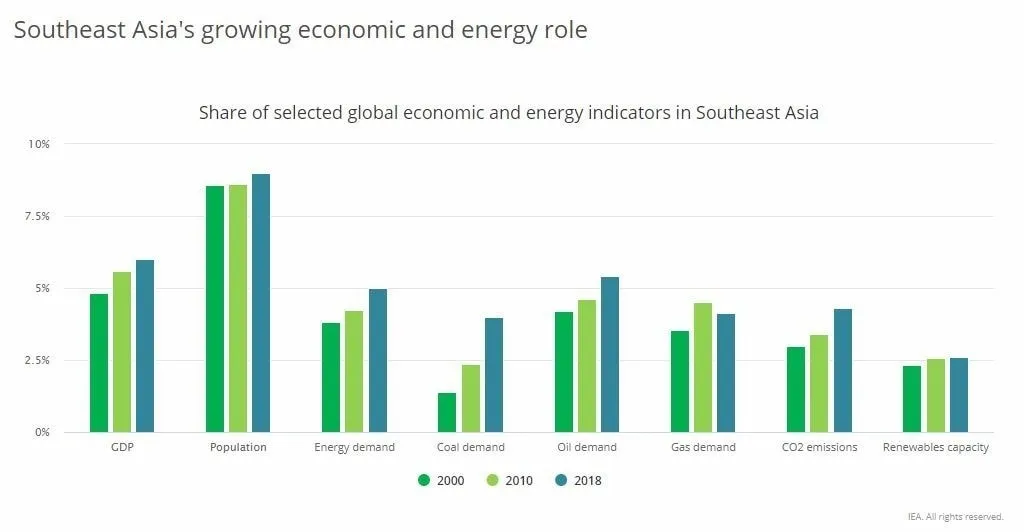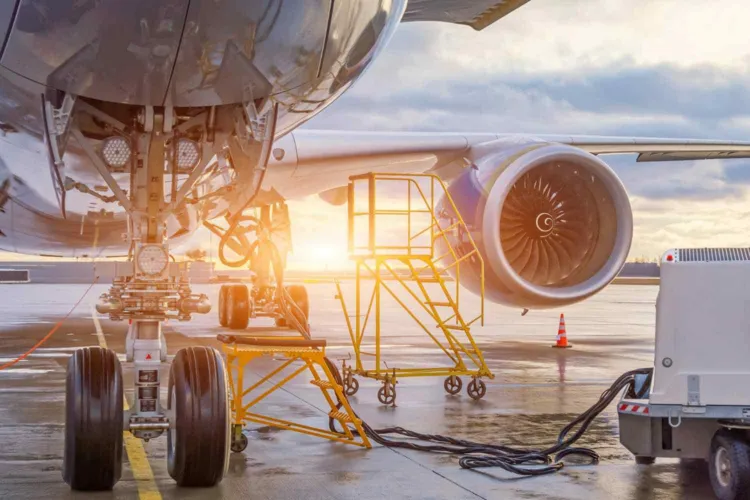Southeast Asia is witnessing an exciting turning point in its energy future. The Southeast Asia Clean Energy Boom is reshaping the region’s power landscape, with renewable energy capacity projected to grow from 124.61 GW in 2025 to 178.06 GW by 2030. This represents a solid compound annual growth rate (CAGR) of 7.4% — a clear sign of accelerating momentum toward a greener economy.
Rising Energy Demand Sparks Renewable Shift in Southeast Asia Clean Energy Boom

Energy demand across Southeast Asia is expected to rise by 3% every year until 2030. This growth, fueled by expanding industries and a growing middle class, has driven governments and companies to prioritize solar, hydro, wind, and geothermal power. Among these, solar energy is taking the lead. Vietnam currently tops the list with 17.08 GW of installed solar capacity, followed by Thailand and Malaysia, showcasing the region’s strong push for clean power solutions.
Read Also: Southeast Asia Renewable Energy’s Untapped Power
Investments Soar Despite Fossil Fuel Dominance
The Southeast Asia Clean Energy Boom is backed by robust investment figures. Clean energy investment in the region rose from USD 30 billion in 2015 to USD 47 billion in 2025 — a nearly 57% increase over a decade. However, fossil fuels still accounted for 60% of energy investments in the past ten years, with coal alone attracting USD 110 billion, especially in Indonesia and Vietnam.
National oil companies (NOCs) are playing a crucial role in changing this narrative. Between 2023 and 2025, renewable energy investments are projected to exceed USD 76 billion, largely driven by NOCs embracing diversification. Pertamina in Indonesia, for example, has invested around USD 1.6 billion in geothermal projects, while Malaysia’s Petronas has committed USD 450 million to carbon capture and storage projects.
Cross-Border Investments Fuel Regional Growth
A standout feature of the Southeast Asia Clean Energy Boom is the rise in cross-border renewable energy investments, which have grown at an impressive 15% year-on-year across major ASEAN markets. Much of this growth is supported by Chinese financing. Under the Belt and Road Initiative (BRI), China invested approximately USD 1.83 billion in clean energy projects across Southeast Asia in 2024 alone. Vietnam received the largest share at USD 975 million.
Additionally, the Mekong-Lancang Cooperation Framework has seen over USD 1 billion committed to power transmission upgrades, solar-powered water systems, and electric vehicle infrastructure across Laos, Myanmar, Thailand, Cambodia, and Vietnam. These cross-border initiatives highlight the importance of regional collaboration in accelerating clean energy adoption.
Southeast Asia Clean Energy Boom: Balancing Growth and Challenges
While the region's renewable momentum is impressive, challenges remain. Fossil fuels still dominate the energy mix, and coal investments continue to shape the landscape. Yet, the steady rise in clean energy investments and capacity additions reflects a clear shift in priorities. By expanding solar, wind, and geothermal projects, Southeast Asia is gradually moving toward a more balanced and resilient energy system.
Read Also: Southeast Asia Energy Transition Heats Up: 2025 Outlook
What's Ahead for Southeast Asia Clean Energy Boom?
With energy capacity expected to jump by over 43 GW between 2025 and 2030, and renewable investments crossing USD 76 billion in just three years, the Southeast Asia Clean Energy Boom shows no signs of slowing. As governments and businesses continue to collaborate on sustainable solutions, the region is well on its way to becoming a global model for clean energy growth.







